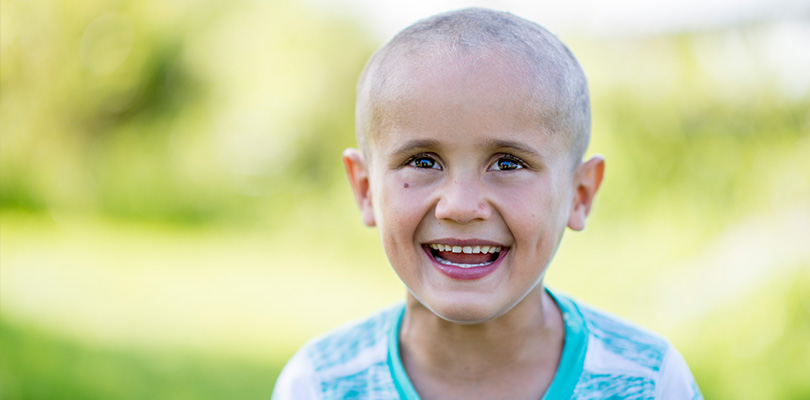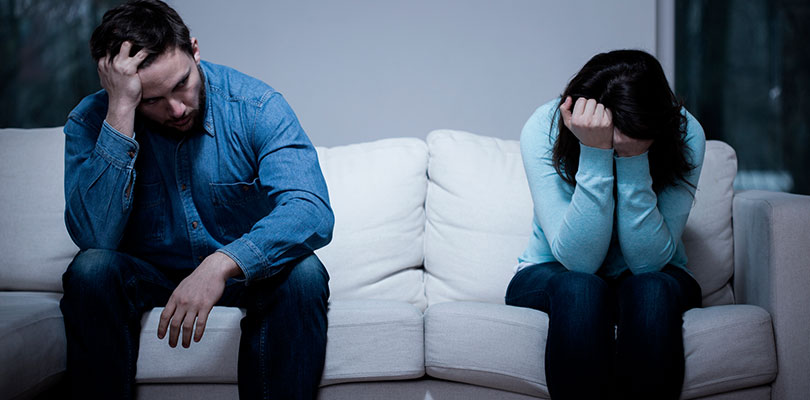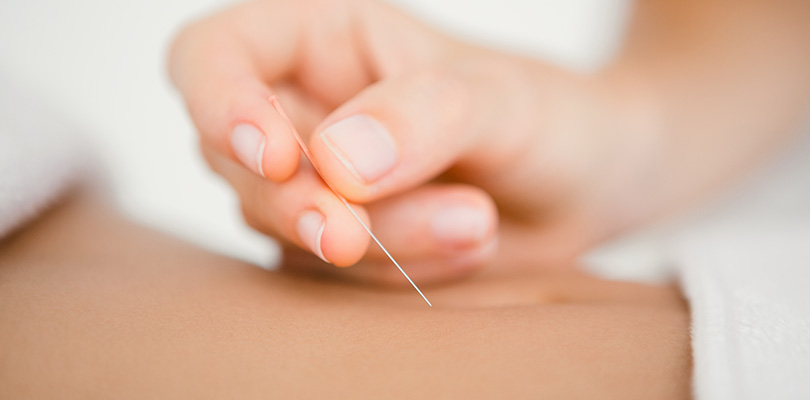What Can Cause Hair Loss in a Child?
Hair loss doesn’t excuse anyone. Yes, including children who can barely grasp the concept of baldness.
It may not be as prevalent as other pediatric diseases (hair loss constitutes three percent of pediatric office visits in the US), but the experience can be devastating both for the children and their parents.
School-age children are perhaps the most vulnerable.
They are at a critical stage of psychological development wherein a visible disorder such as hair loss can take a hit at their self-esteem and make them targets of vicious bullies.
Fortunately, most cases of hair loss in children are reversible. With proper diagnosis and treatment, a pediatrician or pediatric dermatologist can help restore your child’s hair.
The earlier a diagnosis is made, the quicker the recovery would be.
Hence, the American Hair Loss Association recommends seeking the help of your doctor as soon as you notice higher-than-usual hair fall in your child.
5 Common Causes of Hair Loss in Children
The list below features the most common disorders of children afflicted with hair loss. A pediatric dermatologist will help you properly identify the cause and recommend treatments appropriate to your child’s condition.
Tinea Capitis
Tinea capitis is the most common cause of hair loss in children age five to ten.
Also known as “ringworm of the scalp,” it’s a fungal infection that attacks the hair follicles and causes redness, inflammation, and scaling of the scalp.
Children affected by tinea capitis have patchy hair loss with shapes varying from round to irregular. There are also visible broken-off hairs on the scalp surface that appear like tiny black dots.
Tinea capitis is diagnosed by simple scalp inspection or the use of ultraviolet light on the affected scalp (Wood’s lamp test). No biopsy is needed.
Children suffering from tinea capitis are given oral antifungal medication (griseofulvin or terbinafine) and ketoconazole two percent antifungal shampoo applied two to three times a week.
Strict adherence to the treatment for eight weeks is required for the medications to work.
Children who are receiving antifungal treatment aren’t contagious and can continue going to school. However, don’t let them share their personal belongings that come in contact with their hair like hats, hairbrushes, or combs lest they spread the infection.
Alopecia Areata
Alopecia areata is an autoimmune disease affecting 1 in 1,000 children. The risk of developing this disorder is higher among children who are also suffering from or have a family history of other autoimmune diseases.
An autoimmune disease means your body’s immune system is attacking your own cells. In the case of alopecia areata, it targets the hair follicles.
Alopecia areata is characterized by patchy hair loss with a round or oval shape. The hair loss occurs suddenly or within 24 hours.
Unlike in tinea capitis, the scalp surface inside the patches of hair loss in alopecia areata is smooth without redness, scaling, or inflammation.
Most children with alopecia areata grow their hair back within a year. For some, the condition can go into remission or evolve into a permanent disorder.
In about five percent of the cases, a more severe form of the disorder can occur either a total loss of scalp hair (alopecia totalis) or every hair of the body (alopecia universalis).
Pediatric dermatologists can give a diagnosis through a process of elimination or simple visual inspection.
While most children with alopecia areata don’t experience anything other than patches of hair loss, some patients also report of pain or tingling sensation in the affected areas.
There’s no cure for alopecia areata. Doctors can only recommend off-label medications that can help stimulate new hair growth, but they don’t heal the underlying disorder.
It’s important to work with your doctor to determine the best treatment options for your child while minimizing the risks.
Hyperkalemia is what happens when there is too much potassium in the body. Here is how to tell if you are at risk and what you should do if you are.
Traumatic Hair Loss
Self-induced hair loss happens in children when they expose their hairs to harsh chemicals (hair dying), friction (rubbing against the bed), or traction (tight braids, ponytails, or other hairstyles).
As soon as you eliminate the source of the trauma, the hair can grow back.
However, there’s another type of self-induced hair loss that has proven to be trickier to cure. Trichotillomania is an impulse-control disorder characterized by a habit of twirling or plucking of hair from the scalp or in some cases, from the eyebrows.
This disorder, prevalent among children between 6 and 13 years old, is a symptom of more serious psychological abnormalities.
Children affected by trichotillomania have irregularly shaped patches of hair loss. Within these patches are hairs broken in varying lengths. The baldness is never complete.
In other cases, the children also eat the hair they remove from the scalp--a condition called trichophagia. Save for cases that have resulted in scarring, and the hair can grow back after the psychological needs of the child has been addressed.
Since trichotillomania is only a symptom of a deeper issue, treatment should come from a collaboration between a pediatric dermatologist and a psychologist.
Telogen Effluvium
Stress can also cause children’s hairs to fall out, albeit not suddenly.
The stress can either be emotional or physical. Emotional stress happens after a death of a loved while the physical stress can be from high fevers, surgeries, or severe injuries.
While the link between stress and hair loss is still being studied, it is said that the sudden rise in stress hormones like cortisol interfere with the regular hair growth cycle.
In a typical condition, the hair undergoes at least four phases: anagen or growth phase wherein the hair continuously grow for two to six years, followed by catagen during which the hair follicles shrink or degenerate (three weeks).
The hairs will then transition to telogen or the resting stage (three months) before falling out during the exogen or shedding phase.
What happens in children with telogen effluvium is the stress hormones cause the hair follicles that are at different phases of growth to prematurely transition to telogen all at the same time.
As a result, large quantities of hair–10 times than normal–fall out simultaneously about three months after the stressful event occurred.
An experienced physician can easily diagnose telogen effluvium by using a thorough physical exam and review of the patient’s medical history.
As soon as the source of stress is over, hair growth can go back to normal between six months to a year.
Congenital Hair Loss
Some children are born with hair loss caused by different medical conditions. A pediatric dermatologist will diagnose the condition and recommend specific treatments that will work for your child.
The following are some of the most common disorders associated with congenital hair loss:
- Nevus sebaceous of Jadassohn: a condition characterized by hairless, waxy plaques on the child’s scalp. Also known as sebaceous nevus.
- Aplasia cutis congenita: a congenital absence of skin in newborn infants, preventing hair from growing. It may either affect only the superficial tissues (minimal alopecia) or extend to deeper tissues up to the skull.
- Loose anagen syndrome: a type of hair loss wherein weakly anchored hair follicles in anagen phase are easily uprooted or plucked with gentle pulling. Infants born with this condition have sparse hairs that grow very slowly.
The Bottom Line
The journey towards hair loss recovery can be an emotional rollercoaster for both the child and the parents.
Although most cases of hair loss in children are temporary, there are those that exist permanently or caused by a more serious condition that requires extensive therapy.
Aside from those mentioned above, hair loss in children can also be caused by iron deficiency anemia, malnutrition, or diseases that may require long-term therapy like diabetes mellitus and systemic lupus erythematosus.
Diagnostic tools and treatment options may vary, but utmost importance should always be given to the child’s well-being and safety.







